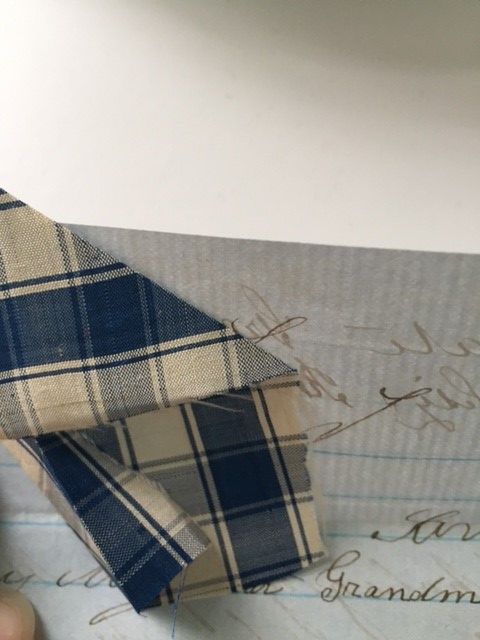Dr. Jason Goldstein to Speak as Featured Guest for the Nantucket Maria Mitchell Association’s Science Speaker Series
On July 14 at 7pm, the Nantucket Maria Mitchell Association (MMA) is hosting a live lecture presented by Dr. Jason Goldstein. His talk, “Closing ‘Vacationland’ to Green Crabs: Research, Monitoring, and Collaborative Initiatives for a Prolific Invasive Species in the Gulf of Maine” is part of our FREE Science Speaker Series and will be held via Zoom.
This talk is also one of the events in the second annual Nantucket Green Crab Week, co-hosted by the MMA and the Nantucket Land Council. For more information on Nantucket Green Crab Week, please visit this webpage:
https://www.mariamitchell.org/nantucket-green-crab-week
Concerns from fishers and shellfish farmers are growing over historical and recent impacts of the invasive green crab (Carcinas maenas) in coastal and estuarine systems. In Maine, green crabs feed on economically important bivalve species and compete with other native crustacean species, reducing overall ecosystem stability. Challenges in farming green crabs include an inability to identify and adequately target soft-shelled crabs. This coupled with a lack of knowledge of where and when molting crabs aggregate, creates issues with attempting to maximize a large and consistent supply of soft-shelled crab product. Dr. Goldstein and his team at the Wells National Estuarine Research Reserve are currently engaged in complementary approaches, including the determination of molt stage and timing, traditional trapping, and acoustic telemetry to evaluate crab use of estuaries within the context of their molting cycle. Collectively, the Wells Reserve’s efforts may allow harvesters the potential to access an underutilized species and help to inform management and mitigation of this invasive species in vulnerable estuarine and coastal ecosystems.
Dr. Jason Goldstein is the Director of Research at the Wells National Estuarine Research Reserve. He is developing, and actively participating in, ecological research and monitoring programs that advance knowledge and understanding of coastal ecosystems, habitats, and natural resources in the Gulf of Maine. Dr. Goldstein’s area of research expertise focuses on crustacean ecology and fisheries, with particular emphasis on clawed lobster, and the effects of climate change on reproduction, physiology, and movement ecology. Dr. Goldstein holds a Ph.D. in Zoology from the University of New Hampshire, a MS in Marine Ecology from Old Dominion University, and a BS in Biology from UMass Dartmouth. He also served as a Fulbright Post-Doctoral Fellow at the University of Haifa in Israel. Dr. Goldstein currently holds research and teaching affiliations at the University of New Hampshire School of Marine Science and Ocean Engineering, The University of New England, and York County Community College in Maine.
To register for this event, please follow the link below:
https://us06web.zoom.us/webinar/register/WN_V8dATVIrTPKvFPEPwnExbw
For the full Science Speaker Series schedule, please visit our website here:
https://www.mariamitchell.org/science-speaker-series
This series is generously presented by our lead sponsor, Bank of America, and additional sponsors, Cape Air, Cisco Brewers, and White Elephant Resorts.
The Maria Mitchell Association is a private non-profit organization. Founded in 1902, the MMA works to preserve the legacy of Nantucket native astronomer, naturalist, librarian, and educator, Maria Mitchell. The Maria Mitchell Association operates two observatories, a natural science museum, an aquarium, a research center, and preserves the historic birthplace of Maria Mitchell. A wide variety of science and history-related programming is offered throughout the year for people of all ages.
For Immediate Release
July 8 2021
Contact: Kelly Bernatzky, Development Associate
Recent Posts




